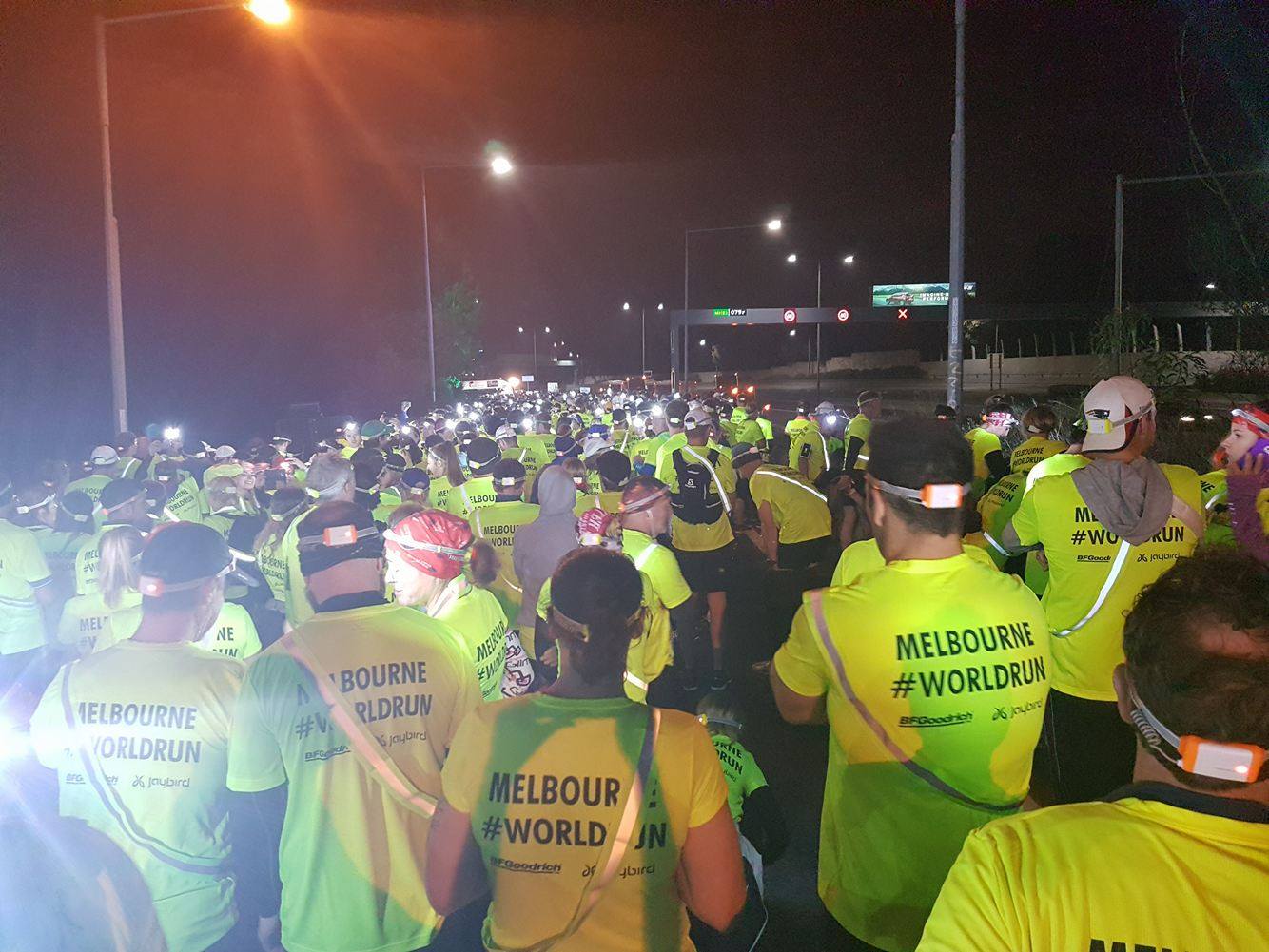Congratulations to all those that have taken part in the Wings for Life World Run 2018!

On Sunday night close to 3500 participants took part in the run at 9pm, running as far as they possibly could before a ‘Catcher Car’ passed – signifying the end of their race. With a moving finish line, runners and wheelchair racers were able to test their endurance. The winner of this year’s Melbourne World Run reached a staggering 70.2km!
With Melbourne hosting plenty of charity marathons and half marathons throughout the year, it is important to implement an effective recovery after the race. So how should we recover following endurance events? Here is a list of a few of the best evidence based practices to aid muscle recovery and reduce recovery times.
ICE VS HEAT
In theory ice baths reduce inflammation by narrowing blood vessels as well as numbing pain. This results in reduced perceived muscle fatigue and soreness. Despite inconclusive evidence supporting cold water immersion therapy (ice baths), ice can still be utilised to assist with recovery.
The most effective use of ice is through the application of melting ice through a wet towel over the site of muscle soreness. Repeated use of ice is more effective than continuous application to help maintain reduced muscle temperature without compromising superficial skin.
Heat post-race should be avoided so as to not encourage bleeding. Once the swelling has reduced, usually 24-48 hours later, heat can then be used to assist with muscle spasm and relaxation. It is recommended heat is applied through a few layers for no more than 15 minutes at a time.
NUTRITION
As suggested by Sports Dietician Australia, there are three main components to nutritional recovery following endurance events:
- Refuelling glycogen stores through the consumption of carbohydrates
- Muscle repair with proteins
- Rehydrating with fluids and electrolytes
Given the significant stress on the body during endurance running, it is important for nutritional recovery to take place as soon as possible following the event. Within the first 30 minutes following the race, muscles are most receptive to rebuilding its glycogen stores. Carbohydrates should be consumed soon after the race to utilise this period. Consumption of carbohydrates with protein, such as sports bars and chocolate milk, also allows you to replenish stores at a faster rate.
A handy tip for replenishing fluids following a race is to weigh yourself prior to the event and then afterwards. This allows you to calculate an estimate of fluid loss (1kg = 1L) – aim to replenish 125-150% of the estimated fluid loss.
EXERCISE
Immediately following the run it is important to keep walking for at least 10 minutes to allow for built up lactic acid to dissipate and for the heart rate to gradually drop.
Rest for the first few days can be done by only partaking in light walking. Towards the end of the week, gentle exercise can recommence such as light cross trainer, swimming or cycling.
During week 2, if pain free, easy effort running can be incorporated into the routine but limit yourself to short distances, 4-5km. Jogging can gradually increase over the subsequent weeks by increasing duration and intensity. On days that you feel particularly tight or the odd niggle, replace the jog with lighter exercise such as gentle walking or cycling.
MASSAGE
The primary aims of massage following a run are to reduce recovery time, muscle soreness and tension / spasm.
There are many potential benefits of massage following endurance training / post marathon, with evidence supporting more of the psychological benefits than the physiological effects. Nonetheless these benefits assist in reducing recovery times to get you back to training for your next race sooner. Here are a few of the benefits of massage.
- Reduce muscle tension / pain
- Reduce swelling and inflammation by attenuating cytokine production
- Increase muscle blood flow to enhance clearance of substances such as lactate and creatine kinase
- Improved vascular flow to increase nutrient and oxygen supply
- Immediately facilitates muscle relaxation
- Reduces mental and physical fatigue
Light massage and gentle rolling on a foam roller over the next week is recommended following the race. Deep massages can then commence the following week.
On a final note, as difficult as this may be, it is important to avoid alcohol to reduce further inflammation and dehydration. A good night’s sleep also does wonders for muscle repair and muscle soreness the following day.
If you suspect a possible injury or experiencing pain/discomfort that is not settling following the event, contact your physiotherapist for further assessment and appropriate treatment.
Happy training and from all at Watsonia Physiotherapy, all the best for the next marathon!
